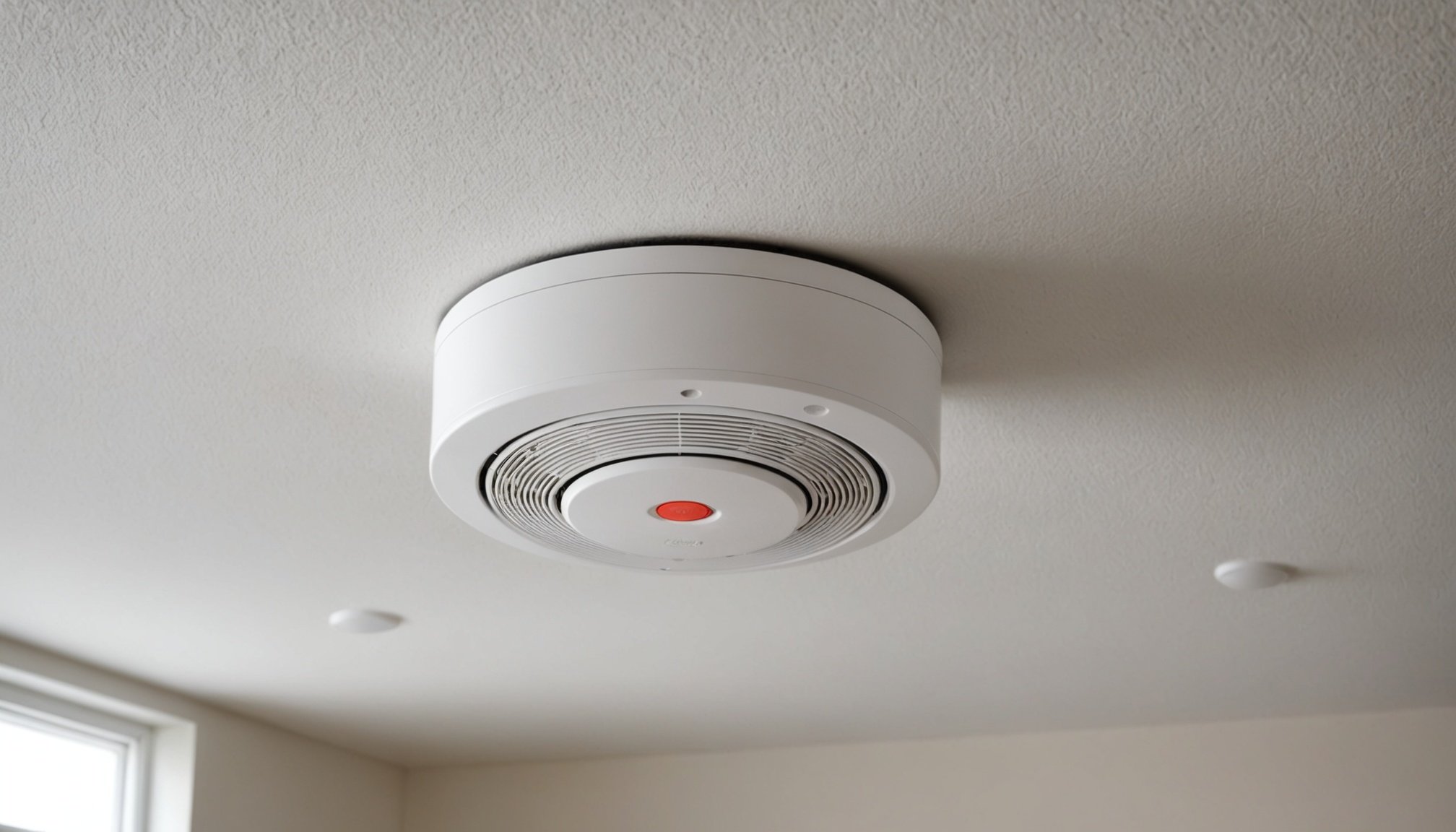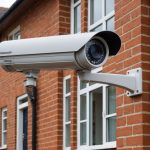Overview of Fastest Smoke Alarm Technologies
As technology evolves, so does the efficacy of smoke alarms, offering enhanced safety. Fastest smoke alarm technology is the cornerstone of modern fire safety. Using improved sensors and detection mechanisms, these alarms are designed to identify smoke rapidly, often within seconds. The importance of adopting such advanced smoke alarm technologies cannot be overstated, especially in multi-storey buildings where early detection can prevent significant loss.
Key features of innovative smoke alarms include dual-sensor technology that combines ionization and photoelectric detection. This hybrid approach ensures that both flaming and smouldering fires are quickly identified, boosting overall responsiveness. Additionally, interconnected systems allow alarms on every floor to communicate, ensuring widespread alert across all levels in case of an incident. Such multi-floor safety capabilities are crucial, as they provide comprehensive coverage compared to traditional, single-floor systems.
This might interest you : Captivating vintage chandeliers: timeless elegance revealed
When considering smoke alarms, understanding the layout and specific needs of your space is crucial. In multi-floor settings, interconnected smoke alarms are essential for synchronised alerts. In contrast, single-floor environments may benefit from standalone units. Choosing the appropriate system can substantially enhance safety and response time, giving you peace of mind no matter how many floors your home or building has. By investing in the right technology, you’re taking proactive steps to safeguard life and property against the threat of fire.
Installation Considerations for Multi-Floor Homes
Ensuring proper smoke alarm installation in multi-floor homes is crucial for safety. It’s important to consider the best practices for placement and the wiring and interconnectivity of the alarms.
In the same genre : Ultimate Guide for UK Homeowners: Designing Your Year-Round Energy-Efficient Greenhouse for Sustainable Gardening
Start by installing alarms in every level of the home: the ground floor, each subsequent floor, and especially near sleeping areas and the kitchen. This ensures that alarms can detect smoke or fire from any part of your home.
For wiring and interconnectivity, choose smoke alarms that can communicate with one another across different floors. When one alarm detects smoke, all interconnected alarms should sound. This feature is especially important in larger homes where sound might not travel easily.
Compliance with UK regulations is vital. The UK Building Regulations require every newly constructed home to have a mains-powered smoke alarm system that is interconnected and conforms to the BS 5839-6:2019 standards. This helps ensure safety compliance and provides peace of mind.
To summarise, effective smoke alarm installation in multi-floor homes requires attention to placement, interconnectivity, and adherence to UK safety regulations. Considering these factors ensures the home is well-equipped to handle potential fire hazards.
Product Comparisons: Leading Smoke Alarm Brands
Choosing a smoke alarm involves evaluating key criteria such as reliability, features, and price. A comprehensive product comparison can assist in identifying the most suitable option.
Comparison of Feature Sets
Smoke alarm brands offer a variety of features that enhance safety and convenience. Notably, many alarms now include advanced response time technology, which ensures faster detection of smoke or fire. Additionally, connectivity options such as Wi-Fi or Bluetooth allow for integration with smart home systems, providing real-time alerts to your smartphone. Maintenance features, including easy battery access and self-testing capabilities, further distinguish different products. Understanding these feature sets is essential to making an informed decision.
Price Range Analysis
When assessing smoke alarm brands, price is a critical factor. The market reveals a wide price range, from basic models to premium, feature-rich options. More affordable alarms typically provide essential safety functionalities, while higher-end models offer additional conveniences and connectivity features. Price trends show a correlation between added features and cost—emphasizing the need to balance budget constraints with desired functionalities.
Performance Ratings and User Feedback
User reviews often highlight performance ratings, offering insightful feedback regarding different smoke alarms. Many prefer models that have consistently high ratings for response time and ease of connectivity. It’s beneficial to review how a device performs specifically in multi-floor homes, where coverage and responsiveness can vary. Engaging with these insights provides a practical perspective on real-world usage, supporting a confident purchase decision.
Safety Standards and Regulations in the UK
In the UK, safety standards for smoke alarm installations are essential for protecting lives and property in residential settings. Adhering to these regulations ensures that safety measures are optimised and current.
UK safety standards mandate that smoke alarms must be fitted on every floor of a home, following specific guidelines for optimal placement. The goal is to ensure that alarms are placed to maximise warning times, aiding in a quick evacuation if necessary. These regulations are periodically reviewed and updated to incorporate the best practices and advancements in alarm technology.
Compliance with these smoke alarm regulations is not merely a legal obligation but a critical safety step. Failing to comply can result in significant consequences including legal penalties and increased risks during emergency situations. Proper installation and maintenance can prevent grave outcomes such as fatalities in case of a fire.
By following these safety standards, homeowners not only adhere to legal requirements but also benefit from enhanced protection. This proactive approach significantly increases the chances of a safe evacuation, providing peace of mind and safeguarding one’s residence and loved ones. Thus, understanding and complying with the UK safety standards for smoke alarms is imperative for every homeowner.
User Reviews: Real Experiences with Smoke Alarms
When exploring user reviews on smoke alarms, it’s apparent how varied the experiences can be. Customer feedback often highlights both the positive and negative aspects of these essential devices. Consumers frequently share insights on numerous smoke alarm brands, with many praising the reliability and ease of installation.
One common piece of feedback is how reliable some models are in real-world scenarios. They perform commendably, giving peace of mind to users who value safety. However, certain smoke alarm feedback also reveals recurrent issues such as false alarms, which can be a point of frustration for users. This issue is consistently noted across multiple brands, emphasizing the need for manufacturers to address these concerns for improved customer satisfaction.
Users also express appreciation for innovative features in smoke alarms that enhance usability. For instance, customer experiences often mention the convenience of models that come equipped with battery life indicators or smart home integration. These features are praised for their contribution to a more seamless experience, reducing maintenance worries and improving user engagement.
In conclusion, while the market is flooded with a variety of smoke alarms, both consumer satisfaction and real-world performance are key to understanding user experiences. These reviews not only express gratitude but also guide future improvements.
Tips for Choosing the Right Smoke Alarms
Choosing smoke alarms for your home is a significant safety decision, particularly for multi-floor residences. When selecting a smoke alarm, start by considering factors such as the layout and size of your home. For multi-floor homes, it’s important to install alarms on every level, including basements and attics, where fires can frequently start.
Different types of smoke alarms are designed to detect different types of fires. Ionization smoke alarms are quick to detect flames, while photoelectric alarms are more responsive to smoldering fires. A combination of both technologies is ideal for optimal safety.
It’s essential to match the alarm’s features with your household needs. For instance, families with young children or elderly members might benefit from smoke alarms equipped with voice alerts, which can be more effective than traditional beeps. For hearing impaired individuals, units with visual alerts like flashing lights are recommended.
To keep your smoke alarms in top condition, follow a routine maintenance practice. Test alarms monthly by pressing the test button. Replace batteries at least once a year and the entire alarm unit every ten years. These safety tips ensure an informed decision-making process, enhancing your family’s protection.











